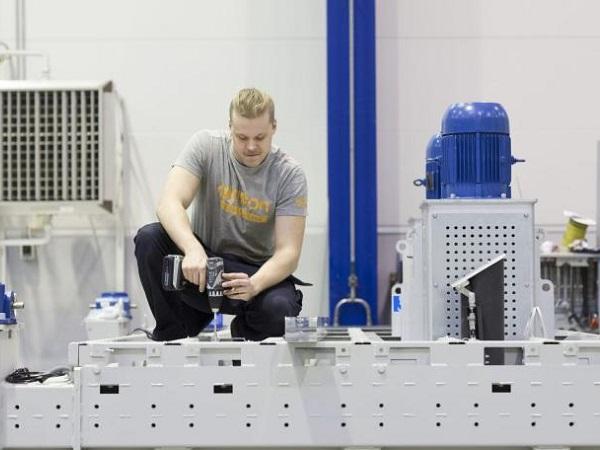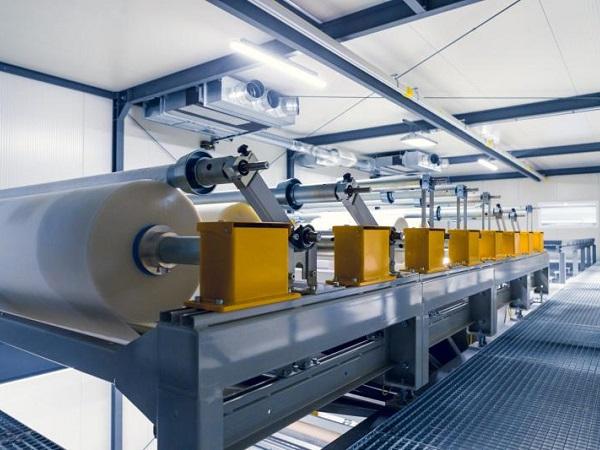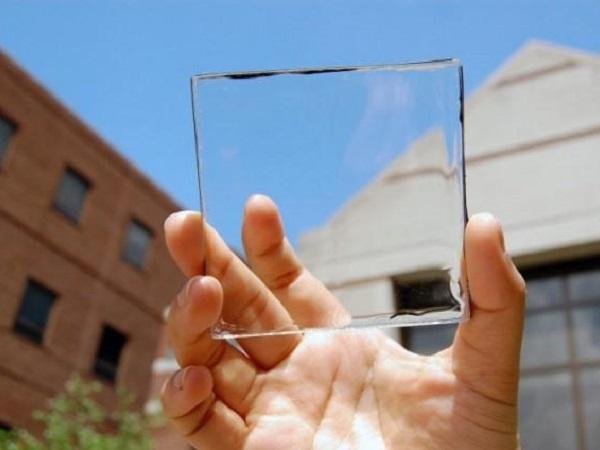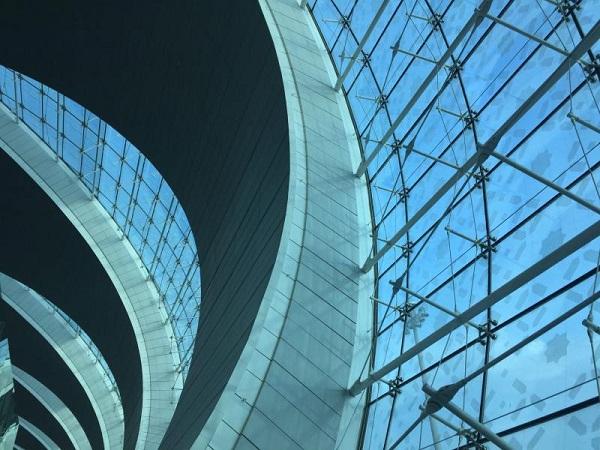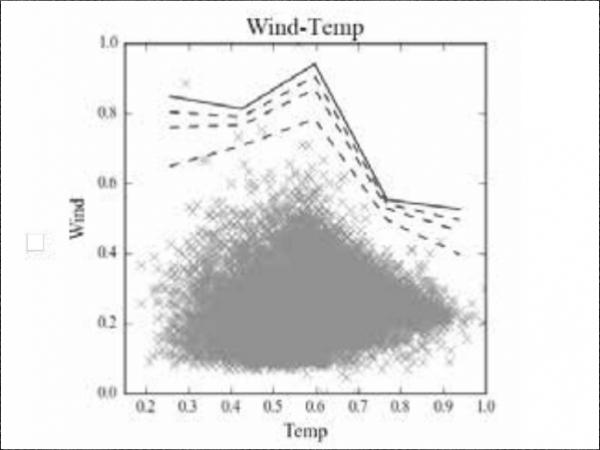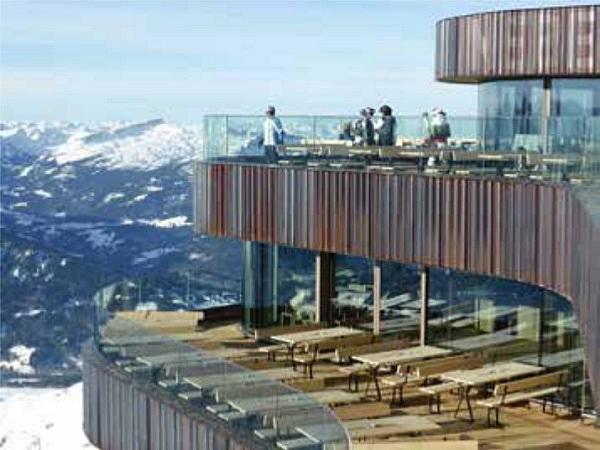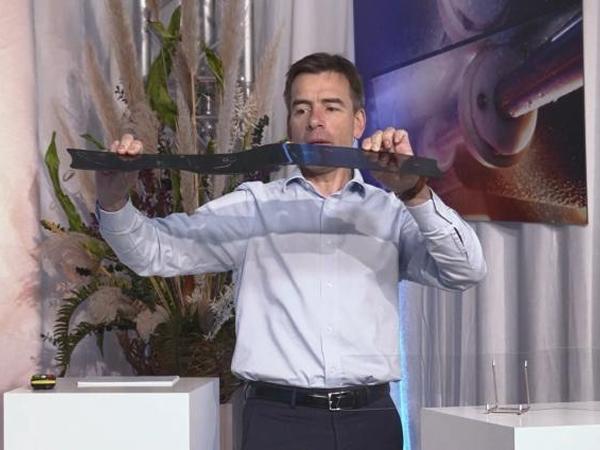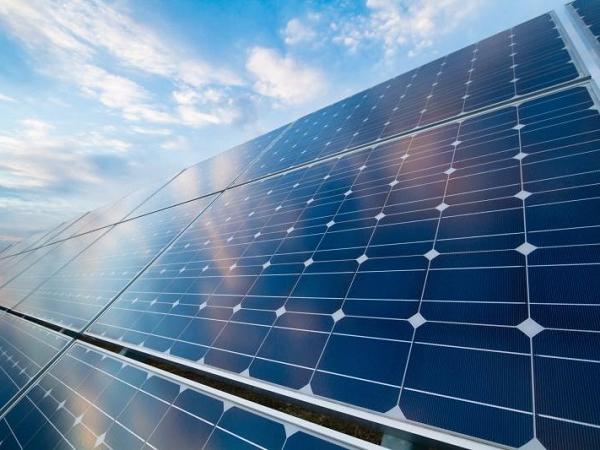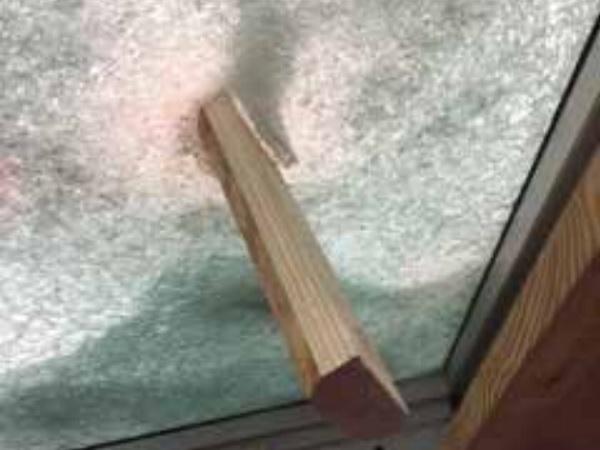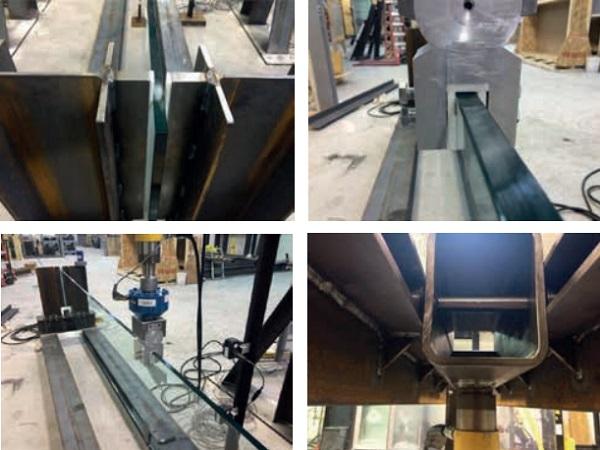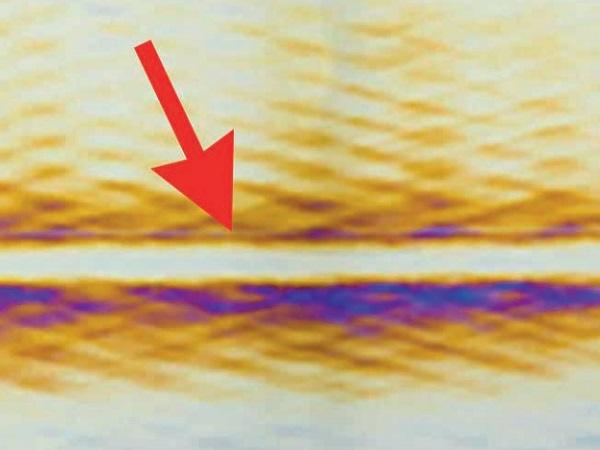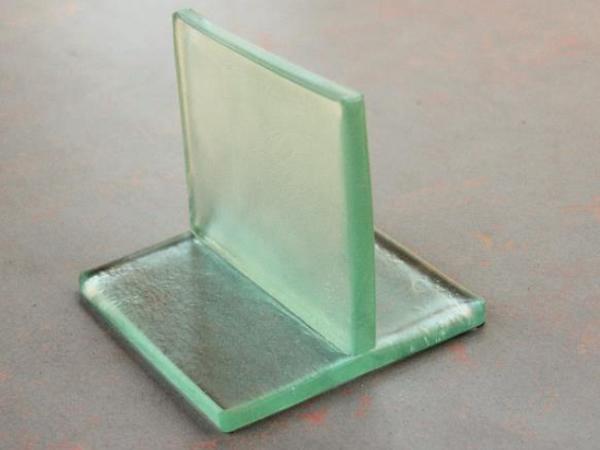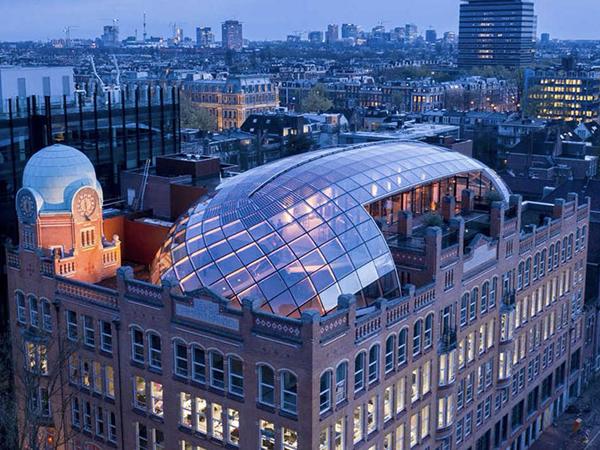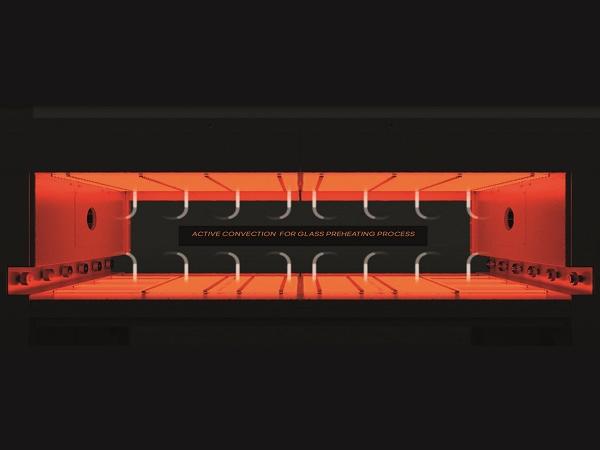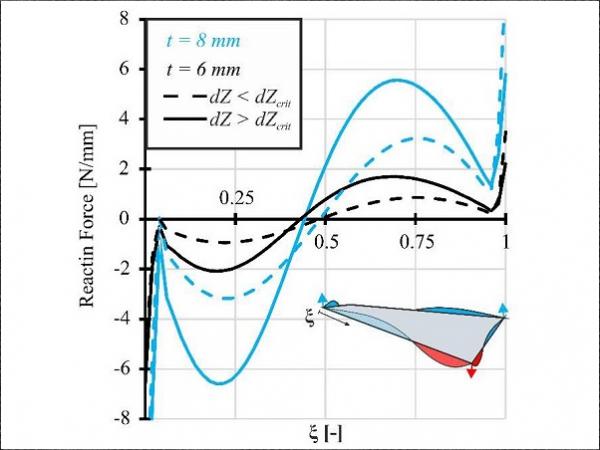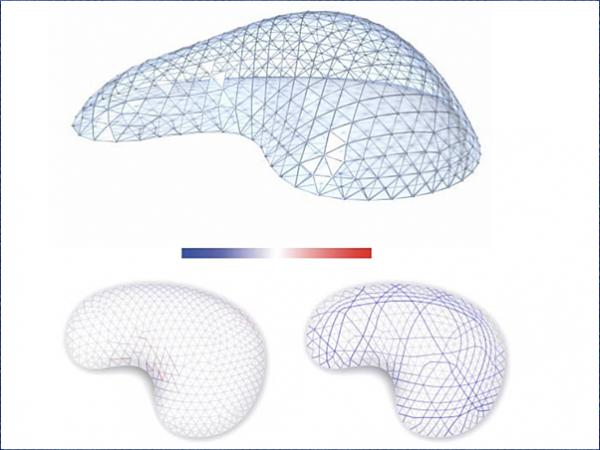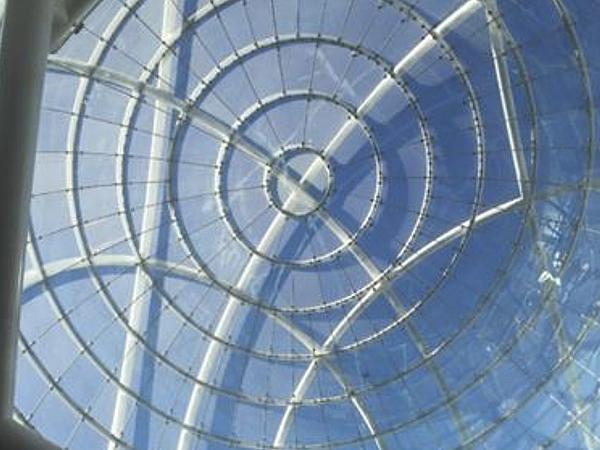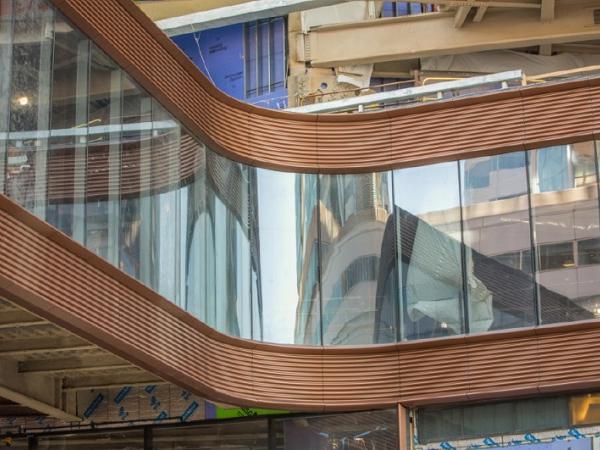Others also read
| Glass production is an energy-intensive process by its nature, so even small reductions there can result in considerable savings in energy and costs.
| Full convection, forced convection, focused convection, recirculated convection – the list of terms goes on and on.
| We all know that glass lamination is the process of bonding two or more panes of glass with a flexible interlayer in between. Sounds simple. But is it always so in practice?
| I want you to think about your daily journey to work. Take a minute, visualize it – and then answer me this: How many glass surfaces did you see? Too many to remember?
| Limiting global warming require “rapid and far-reaching” transitions in land, energy, industry, buildings, transport, and cities.
| Bent and tempered glass has long been of great interest to the market. The process of creating high-quality tempered bent glass has evolved over the years.
| Do you still spend precious time doing the meticulous task of manually counting glass cullets for a glass fragmentation test? Or maybe your modern counting tool is not exactly the gold standard? If so, we have some good news for you!
| The latest Glastory blog is dealing with the newest trends coming to the bus glass market - how the cut-outs, digital and screen printing, larger surfaces and thinner glass to reduce weight and fuel consumption is challenging the glass processing.
| An Initial Study Towards Optimized Structural Assessment of Glass Components
| Constructions at exceptional locations are often challenging but worth one’s while. Extreme boundary conditions and sophisticated demands of the client have to be considered.
| The latest Glastory post is dealing with the trends in automotive display glass processing.
| In this blog post, we look at trends in the sunroof and windshield business today and how glass processors can prepare for them.
| A clean, safe and sustainable source of energy, solar continues to power the world at a faster pace than ever before.
| Building code requirements for wind-borne debris protection have been in existence since the mid- 1990s, and as a result, many glazing systems have been tested and certified to these performance requirements.
| For nearly 50 years, glass has been used as structural elements in glass fin applications. These applications include interior and exterior projects, supporting facades, canopies, storefronts, curtain walls and skylights.
| Anisotropy is the term used in the façade industry to describe the manifestation of patterns and colourful areas in heat-treated glass under certain light and viewing conditions.
| Connecting glass with heat bonds is a way to create all-transparent glass structures. Two methods have been researched in theory and practice, glass welding, through local heating, and glass fusion through global heating.
| This paper focuses on the geometric optimization of the free-form gridshell towards planar quad glass units.
| Latest Glastory blog by Jukka Immonen is dealing with the 5 promises of convection technology in windshield bending.
| In today’s architecture the bending of glass plays an important role in achieving free forms in modern façades.
| Shells made of structural glass are beautiful objects from both the aesthetics and the engineering point of view.
| The structural glass for this globe structure is created with laminated double curved glass panels patch supported by a steel structure.
| Thin glass offers a promising prospect for lightweight façades with reduced use of raw materials, also opening up entirely new perspectives for architectural expression.
| This paper focusses on the special glass part of the façade.
| From domed skylights to curved handrails, revolving door enclosures to building enclosures, the dramatic curves of bent glass offer architectural form and function.


